It’s Time for Major League Soccer to Open Up Their Books
Saturday, January 23, 2016

While all professional sports salary caps and collective bargaining agreements are incredibly complicated and detailed by their very nature, basically all of the information a lay person would need to follow along with the league or just their favorite team is available in the NBA, NFL, or MLB. While the average fan doesn’t have the time to do this themselves, this allows experts such as Larry Coon or Bobby Marks with the NBA or Andrew Brandt with the NFL to take the information and explain transactions in a way that the average fan can understand.
Being able to follow along and understand this aspect of the sport is relatively new for fans, but has exploded in popularity since the turn of the millennium. With the advent of ESPN’s NBA Trade Machine, now any fan could create possible trades for their favorite players and share them with friends. Major League Baseball has their “hot stove league,” where a significant number of transactions and player movement occurs. The NFL offseason is almost another fan sport unto itself at this point, with free agency and the draft commanding attention that rivals actual games in other sports.
However, since its inception, MLS has run their salary cap on a “trust us, it all works out” basis. When David Beckham expressed interest in joining the league, MLS created the “designated player” rule to allow teams to essentially go beyond the cap to sign big-name players. In July of last year, out of basically nowhere, MLS announced “Targeted Allocation Money” which further assists teams in signing players that would otherwise be unavailable under the salary cap.
Now, in and of itself, giving teams methods to go beyond the salary cap is fine. The NBA has a “soft” cap and numerous exceptions that allow teams to spend beyond. The difference is transparency. Every NBA player’s salary and salary cap figure are published. The salary cap is set, the exceptions are clear, and the consequences for exceeding it are also known.
Meanwhile, the MLS players’ union does publish player salary information – unfortunately, as the excellent Chris Rifer of Stumptown Footy put it on Twitter, those numbers are as useful in measuring foreign players’ actual cap numbers as they are in predicting tomorrow’s weather. For example, Portland’s Liam Ridgewell is undoubtedly a Designated Player. His reported salary by the MLS Players Union is $1,000,000 per year. However, no one outside the offices of the Portland Timbers or MLS headquarters can tell you what Ridgewell’s actual cap number is, as salaries and cap hits are not one and the same. Can his cap figure be brought down by allocation money to bring in another player? No one knows.
If MLS wishes to be taken seriously as a top-flight league worldwide, fans and commentators need to be assured that all teams are operating on a level playing field. As the rules currently stand, no one can quite understand exactly how the MLS salary cap, allocation order, discovery rights, homegrown players or a litany of other rules apply. For example, when Clint Dempsey came back to MLS from England and signed with Seattle, Portland supposedly had the first right when it came to US Men’s National Team Players returning from overseas. And yet MLS created a new rule, seemingly out of thin air, to bypass the Timbers and ensure that Dempsey ended up in Seattle, one of his preferred destinations. This had many teams, including Portland, crying foul and wondering why they were shut out of the process.
Issues such as this directly impact the integrity of the league, and cannot be allowed to continue moving forward. MLS must either open their books to increase the transparency by which they operate, or they must move further down the path of deregulation and more towards the English Premier League model of each team freely buying and selling, with a team’s financial assets and player desires the only true restrictions.
As more fans begin to flock to MLS, interest in the methods by which teams are constructed will only grow. With increasing salaries and higher-profile players looking at MLS as a viable option, fans and experts will want to know if their team has the means to go out and acquire that final piece that can bring a championship to their city. The system MLS has employed up to now has been effective for a league that has struggled to gain its footing in a crowded American sports landscape. But MLS is no longer an upstart league, just trying to survive; it now wants to compete on a global stage for the best teams and top talent.
The bait-and-switch, smoke-and-mirrors approach will no longer suffice when compared to the free market Premier League or La Liga, or the openness of the NBA or NFL. MLS has done an excellent job up to now of adjusting on the fly and doing what is necessary for survival. But continuing to operate as a shadowy cabal will not fly with the large number of fans who take just as much pleasure in analyzing how their team is built as watching the team perform on the field.
Related Slideshow: 12 of the Greatest Sports Movies of All Time
Hank Stern ranks his top twelve favorite sports films.
Related Articles
- Timbers Headed to MLS Final
- The Portland Timbers’ Guide to the Final Week of MLS
- Ronaldinho Heading to MLS: Could He Be the Portland Timbers’ New Designated Player?
- TIMBERS WIN MLS Championship
- Virtual Reality and the Customer Experience in MLS
- Why The MLS Needs Free Agency for Players
- What to Watch For: MLS Cup Final - Revolution vs Galaxy
- Revolution-Galaxy Key Matchups: MLS Cup Final
- Revolution Fall 2-1 To Galaxy In MLS Cup Final
- Jack Jewsbury: Sorry Hank, MLS Will Be a Major Player
- GoLocal is Going to Los Angeles to Cover the NE Revolution’s Quest for the MLS Cup
- 5 Matchups To Watch During the MLS Cup Final
- MLS Champion Portland Timbers Join Long-Standing Rose City Tradition
- MLS Playoffs: How to Keep Your Fan Flag Flying the Mobile Way
- Oregon Historical Society to Host MLS Cup Trophy
- MLS Western Conference Playoff Preview and Predictions
- 20 Places to Watch the Timbers in the MLS Cup


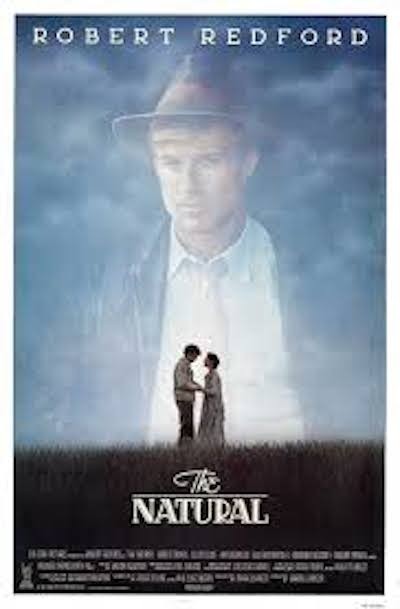
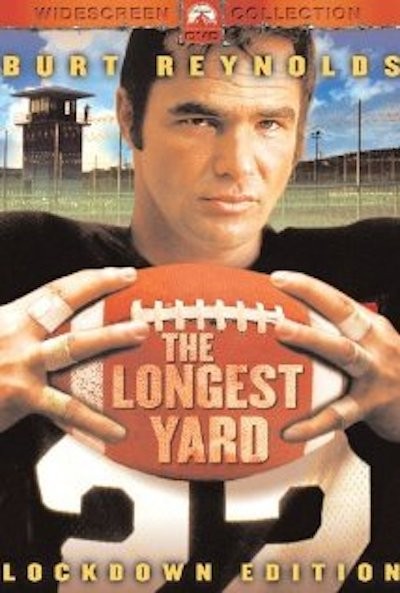
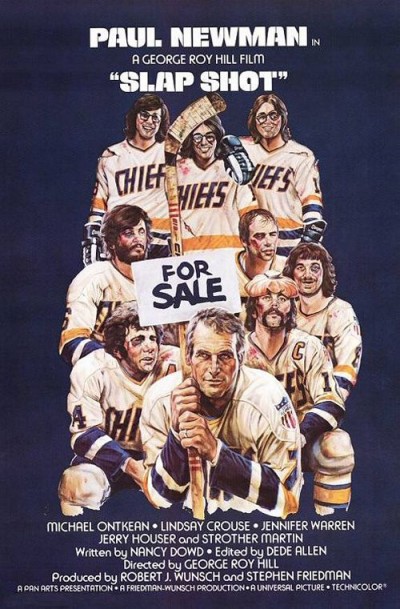
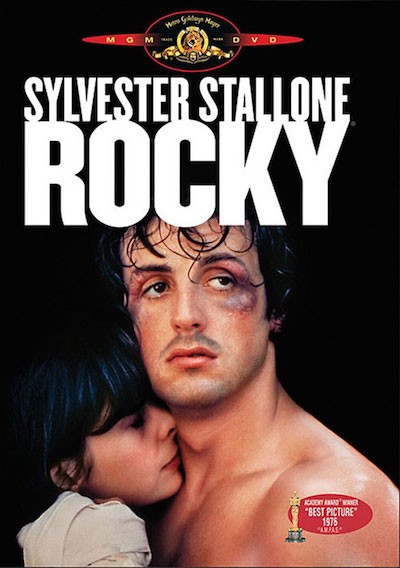
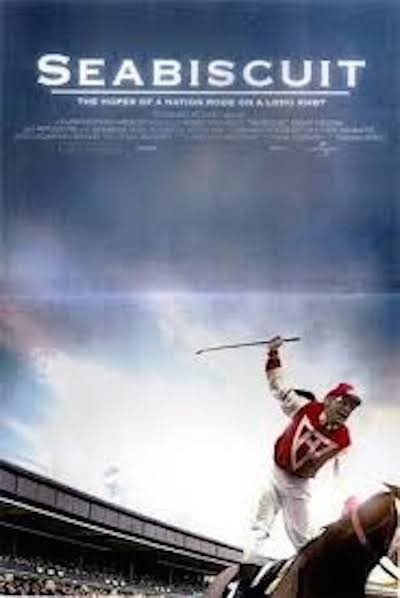
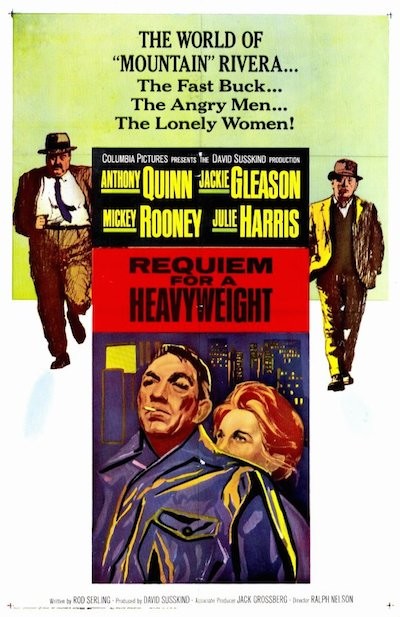
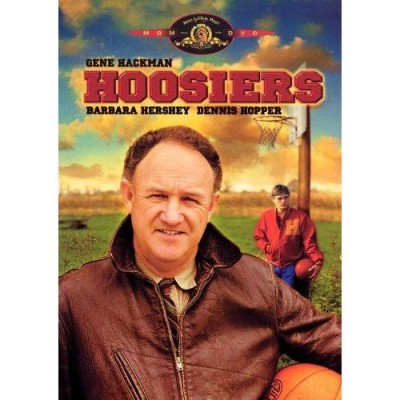
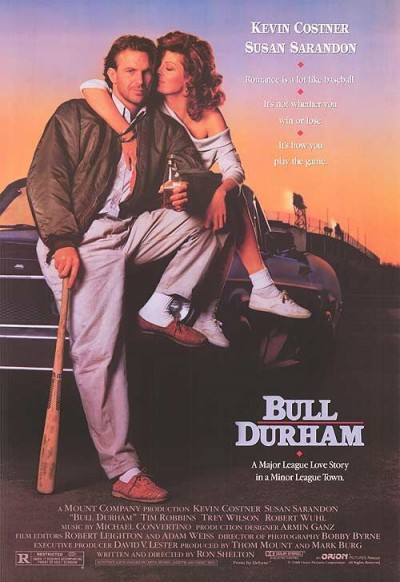
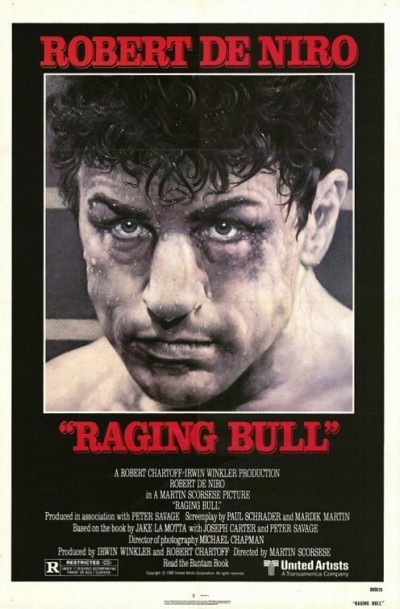















Follow us on Pinterest Google + Facebook Twitter See It Read It